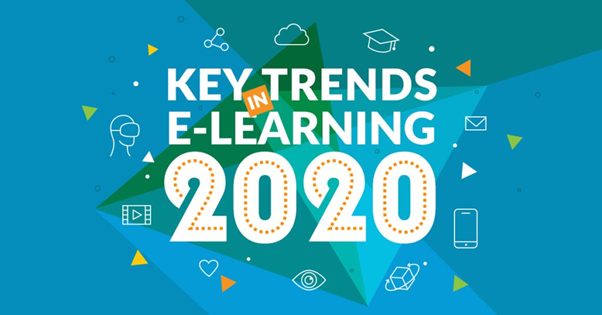
E-Learning Trends of 2020 and Their Evolution by 2024
As we look back at the eLearning trends that dominated in 2020, it’s fascinating to see how they have evolved and continued to shape the digital learning landscape by 2024. The rapid growth of eLearning, accelerated by the global pandemic, has led to significant advancements in how educational content is delivered and consumed.
Mobile Learning’s Continued Dominance
The prediction from CNBC’s 2025 study about mobile internet usage has proven accurate. By 2024, mobile learning has become even more prevalent, with a majority of learners accessing educational content exclusively via smartphones. This shift has necessitated the creation of mobile-first learning strategies, emphasizing responsive and adaptive design to ensure optimal learning experiences across various devices.Microlearning’s Expanded Role
Microlearning, identified as a key trend in 2020, has expanded significantly. Its effectiveness in catering to shorter attention spans and providing information in bite-sized chunks has made it a staple in corporate training and higher education. In 2024, microlearning modules are more interactive and integrated with AI to provide customized learning paths based on individual learner data.Personalization in Learning
The demand for personalized learning experiences has grown exponentially. Generation Z's entry into the workforce has driven the adoption of more sophisticated AI algorithms that curate custom learning experiences. E-learning platforms now offer a mix of curated content, gamification, and adaptive learning paths tailored to individual learning styles and preferences.Data-Driven Learning Experience Design
The importance of data in informing learning experience design has intensified. By 2024, learning platforms are utilizing advanced analytics to gain deeper insights into learner engagement and effectiveness. The use of data now extends to predictive analytics, helping educators and organizations preemptively tailor content to address potential learning gaps.Evolution of Peer-to-Peer Learning
Peer-to-peer learning, which gained momentum in 2020, has evolved with technology. Platforms now facilitate more effective peer-to-peer interactions, with tools for creating, sharing, and collaborating on content. The focus has shifted to leveraging these interactions to build communities of practice, enhancing soft skills development and professional growth.Increased Integration with Digital Marketing and Corporate Training
The integration of eLearning with digital marketing strategies and corporate training programs has become more pronounced. E-learning development services are now closely aligned with digital marketing efforts to maximize the reach and impact of training programs. Additionally, learning management systems are being used not just for educational purposes but also for employee training and development in corporate settings.Emergence of VR and AR in E-Learning
Virtual Reality (VR) and Augmented Reality (AR) have moved from experimental tools to mainstream eLearning methodologies. These technologies are now widely used for immersive learning experiences, particularly in fields requiring hands-on training, like medicine and engineering.To wrap up, the trends that emerged in 2020 have not only persisted but also evolved significantly by 2024, reflecting the dynamic nature of the eLearning industry. These trends have contributed to creating more engaging, effective, and personalized learning experiences, meeting the needs of a diverse and technologically adept learner population. As we look to the future, these trends are likely to continue shaping the trajectory of digital learning and education.

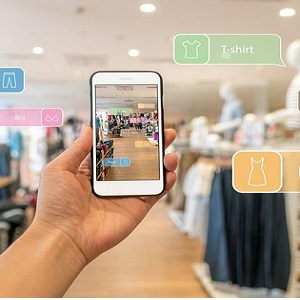



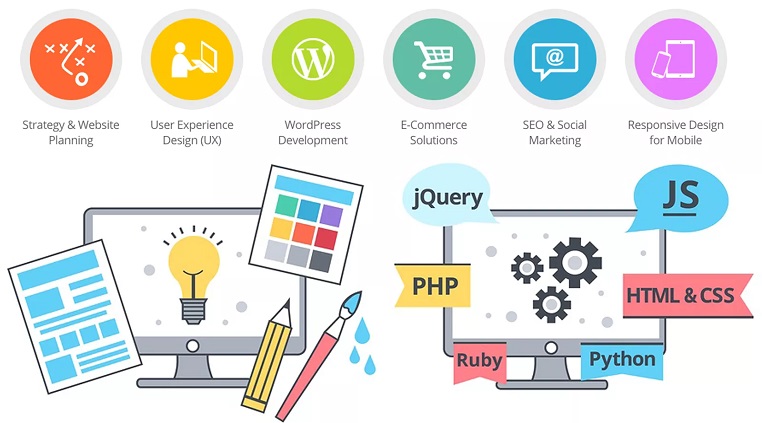
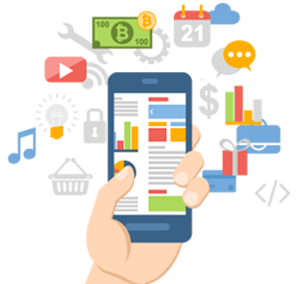
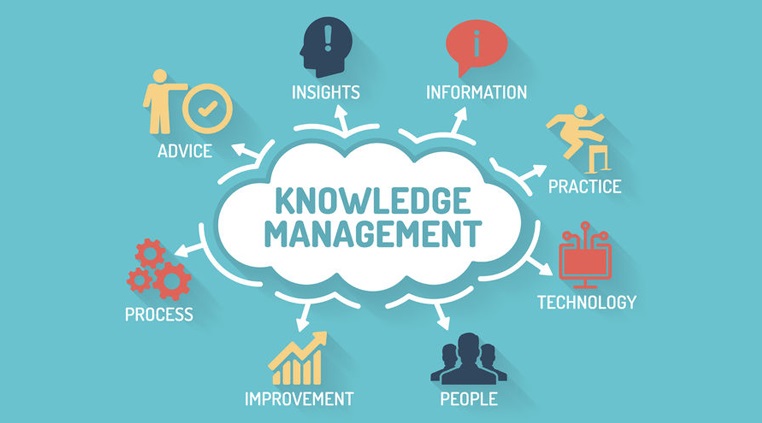


Our Services